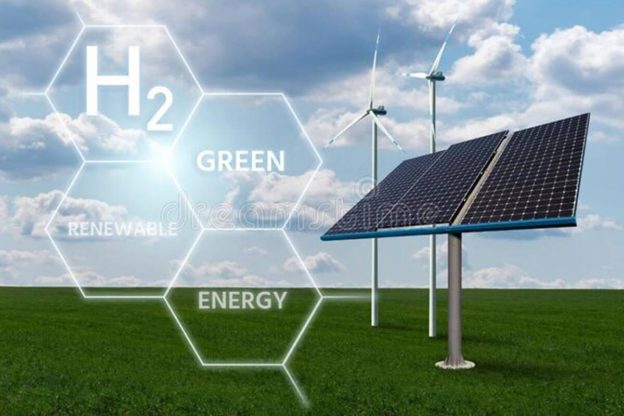The energy crisis in Europe, the Inflation Reduction Act in the United States, and the continued strong expansion of green energy installations in China are all expected to contribute to the biggest-ever increase in renewable energy capacity additions this year, the International Energy Agency (IEA) said in a new report this week.
Globally, new installations of renewable energy capacity are expected to surge to 440 gigawatts (GW) this year, up by 107 GW year-on-year and the largest increase in new capacity ever seen, the IEA said in its report. Solar photovoltaic (PV) additions are set to account for two-thirds of the increase in renewable power capacity this year.
All major markets are set to see strong expansion due to the EU response to the energy crisis, the new incentives in the U.S. and India, and the continued surge in China’s renewable energy additions, the agency noted.
This year and next, China will account for nearly 55% of global additions of renewable power capacity.
“This year, the world is set to add a record-breaking amount of renewables to electricity systems – more than the total power capacity of Germany and Spain combined,” IEA Executive Director Fatih Birol said.
The jump in installations this year is more than double the amount of renewable energy capacity added in the pre-Covid year 2019, Birol noted.
“The energy crisis has turbocharged demand for both large-scale plants & rooftop solar,” the IEA’s top executive added.
Investment in solar power generation is set to eclipse investment in oil production in 2023 for the first time ever, the IEA said last week.
For 2023, the IEA expects total investments in energy at $2.8 trillion, of which $1.74 trillion will go to clean energy and technologies and the remaining $1.05 trillion to fossil fuels. Related: Canada Guarantees Loans For Trans Mountain Pipeline Expansion
“For every dollar invested in fossil fuels, about 1.7 dollars are now going into clean energy. Five years ago, this ratio was one-to-one,” Birol said.
Soaring installations of solar and wind power capacity will result in a cumulative world renewable capacity of over 4,500 GW at the end of 2024, equal to the total power capacity of China and the United States combined, the IEA said in this week’s report Renewable Energy Market Update.
In the United States, where the wind and solar markets contracted last year due to restrictive trade measures and supply chain constraints, annual additions for both technologies are expected to increase by around 40% in 2023, and solar PV installations will set a new record.
The Inflation Reduction Act’s impact on renewable energy technology deployment in the U.S. will become evident in 2025, the IEA said.
“The current forecast is underpinned by existing tax incentives, while the Inflation Reduction Act will show its full effect after 2024, providing unprecedented certainty for renewable energy projects until 2032,” the agency added.
However, the IEA warned that the rapid expansion of renewables comes with a set of challenges that need to be overcome if current projections for the medium and long term and for a net-zero scenario are to be met.
The expansion of wind and solar PV needs to be accompanied by policies and market rules supporting grid infrastructure, flexibility investments, and permitting, according to the agency.
“Inadequate investment in grid infrastructure remains a challenge worldwide not only for faster growth in new wind and solar PV capacity, but also for maximising generation potential from existing power plants,” it said.
The share of curtailed wind and solar generation is rising in many markets as the share of variable renewable energy (VRE) increases. The increased renewable generation curtailment is particularly evident in areas where major grid infrastructure investments and/or advanced market design and regulation fail to keep pace with renewables deployment, the agency said.
Costs for renewables are on track to drop, but not as much as to reach the levels from before the energy crisis, supply-chain bottlenecks, and higher interest rates.
Electricity generation costs from new utility-scale onshore wind and solar are set to remain 10-15% above 2020 levels in 2024, despite the falling commodity prices. The financing costs for developers have increased along with the rise in interest rates.
The global average levelized costs of energy (LCOEs) for onshore wind and solar PV are set for some declines this year and next, but they will remain higher than in 2020, the IEA said.
https://oilprice.com/Energy/Energy-General/IEA-Renewables-Installations-In-2023-Soar-To-Levels-Weve-Never-Seen.amp.html





